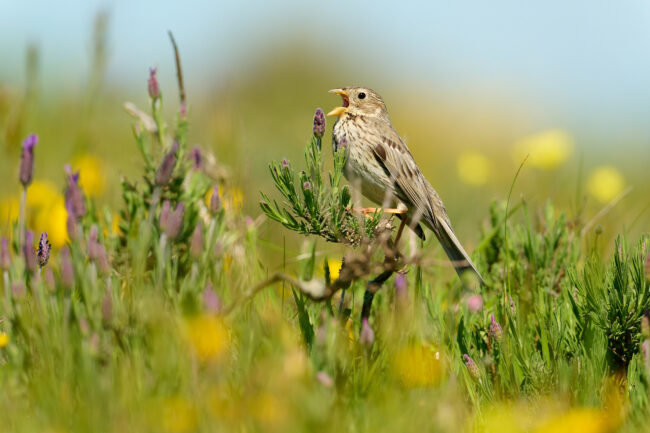Otowa Bridge in Tsurui, Japan
In the early morning cold, steam fog rises from the slow-moving Setsuri River. Frost encases every surface in sparkling white. As the sun rises, the calls of red-crowned cranes—among the rarest cranes in the world—echo through the stillness. Red-crowned cranes are an iconic symbol in East Asian art and culture, representing luck, longevity, and fidelity. In the Indigenous Ainu language, the bird is known as sarurun kamuy or "god of the marsh." The cranes use the Setsuri River as a nightly roosting spot because the river does not freeze in winter, despite temperatures dropping as low as -20 Celsius. The nondescript Otowa Bridge also happens to be the best place to see large groups of red-crowned cranes as they leave their night roost for their feeding grounds in the nearby farmlands. Amid concerns of extinction in Japan, a population of red-crowned cranes was discovered in the marshes near Kushiro in the 1920s, setting into motion several conservation laws and the declaration of the birds as a natural monument. The Japanese population now sits at around 1,900. While the species has been downgraded from "endangered" to "vulnerable," populations in China and Korea face steep decline due to habitat degradation.


In the early morning cold, steam fog rises from the slow-moving Setsuri River. Frost encases every surface in sparkling white. As the sun rises, the calls of red-crowned cranes—among the rarest cranes in the world—echo through the stillness.
Red-crowned cranes are an iconic symbol in East Asian art and culture, representing luck, longevity, and fidelity. In the Indigenous Ainu language, the bird is known as sarurun kamuy or "god of the marsh."
The cranes use the Setsuri River as a nightly roosting spot because the river does not freeze in winter, despite temperatures dropping as low as -20 Celsius. The nondescript Otowa Bridge also happens to be the best place to see large groups of red-crowned cranes as they leave their night roost for their feeding grounds in the nearby farmlands.
Amid concerns of extinction in Japan, a population of red-crowned cranes was discovered in the marshes near Kushiro in the 1920s, setting into motion several conservation laws and the declaration of the birds as a natural monument. The Japanese population now sits at around 1,900. While the species has been downgraded from "endangered" to "vulnerable," populations in China and Korea face steep decline due to habitat degradation.


































































-Pokemon-GO---Official-Gigantamax-Pokemon-Trailer-00-02-12.png?width=1920&height=1920&fit=bounds&quality=70&format=jpg&auto=webp#)























































































































































































